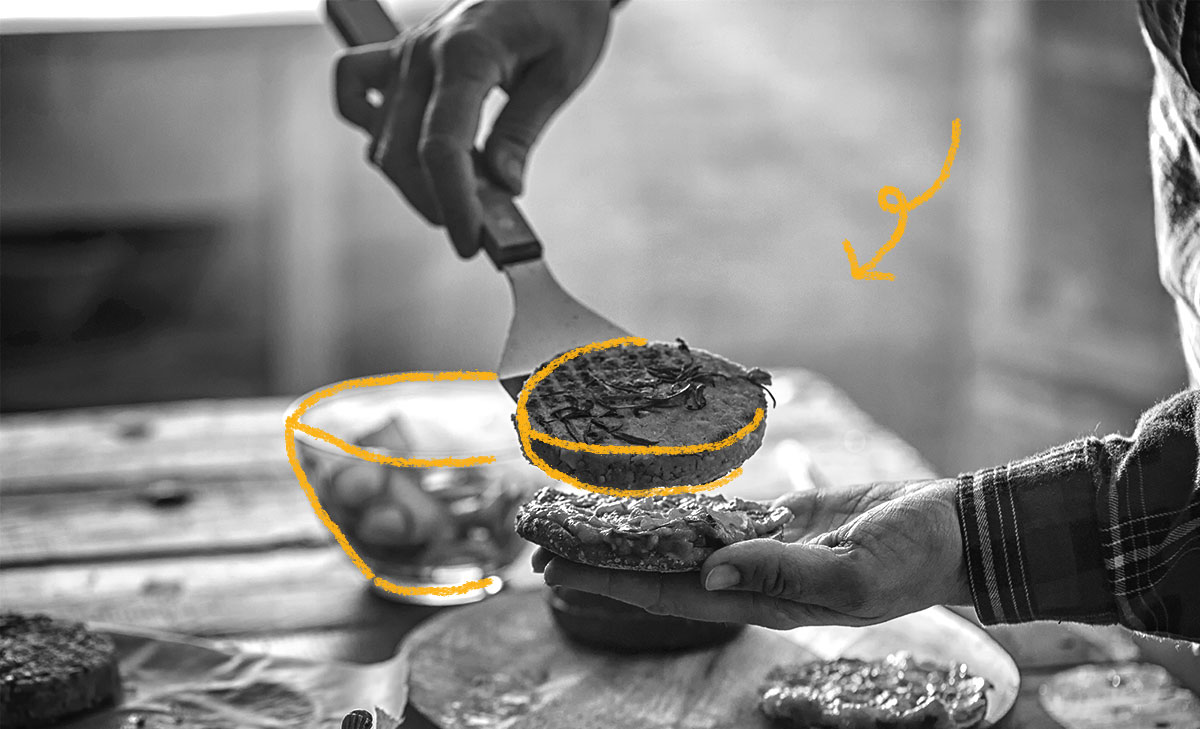Fake meat might seem like a 21st century item, but it has actually been around for over a millennium! Around 965, a Chinese magistrate named Shi Ji began promoting tofu-based “mock lamb chops” as a way to be frugal. In fact, the Chinese often cooked with tofu and seitan. They became so advanced at cooking it that by the 1620s, Buddhist monks at a banquet had to be reassured that the food was indeed vegetarian! In contrast, vegetarian Victorians in Britain later struggled to make their fare appealing, which hampered their cause. In response, meat substitutes began to emerge. These early versions were usually made from nuts, seeds, and/or grains. In America, the director of the Battle Creek Sanitarium in Michigan, Dr. John Harvey Kellogg, pioneered several meat substitutes as well. In 1960s Britain, meat alternatives were associated with the hippie movement and the macrobiotic food trend out of Japan. Notably, the veggie burger emerged during this time; it was invented by Gregory Sams, the proprietor of Seed, a London restaurant frequented by John Lennon and Yoko Ono. In 1985, a meat substitute called Quorn was introduced; it could be subbed into various recipes in place of real meat. Commercial meat alternatives really began to gain widespread success with the debut of Tofurky (an alternative to Thanksgiving turkey made out of tofu and wheat protein) in 1995. Today, the fake meat industry has become even more mainstream; Impossible Foods and Beyond Burger both produce meat-like plant-based patties that are now offered at many fast-food restaurants in America and the UK.

Your go-to guide for weird history facts
Subscribe to the FREE daily email that makes learning about history fun.


